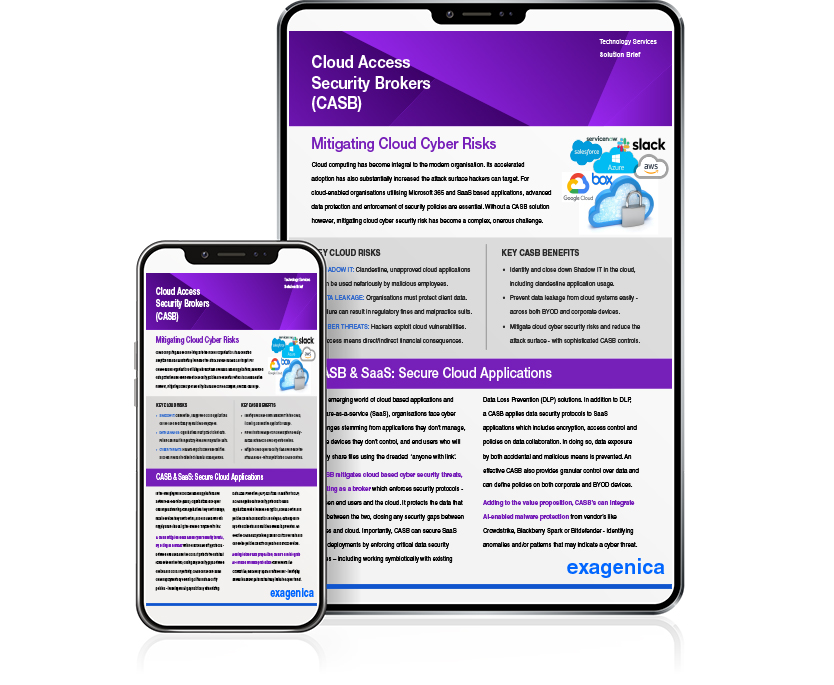Cloud Access Security Brokers (CASB)
The economy of nations the world over continue to feel the deep impact of the COVID-19 pandemic. The shockwaves are truly global. Those who have been able to work from home, have done so for over a year now. Before the pandemic this would have been unimaginable. Industry analyst, Gartner Inc., points out that 88% of companies sent staff home to work during the pandemic. And the Work From Home (WFH) movement looks like it is going to continue - despite vaccines starting to take pace.
The facilitating force behind WFH is digital technology. Without the cloud, companies would simply not be able to carry on business as ‘normal’ when remote working. But amidst the WFH movement lies the spectre of cybersecurity threats. A Cloud Access Security Broker (CASB) can change the metrics of cybercrime. Here’s what a CASB provides and why it needed now more than ever?
Why an organization needs a CASB?
Cyber-threats are always making the news and often it feels like cybercriminals are winning. Cloud computing, so essential for the modern enterprise, has opened digital doors for scammers and hackers. To work we need to connect. This connectivity is exploited by cybercriminals in numerous, sophisticated, and often multi-layered attacks.
But cybersecurity technology has kept pace. As the business world becomes ever-more connected, advanced data protection and enforcement of security policies are needed as the backbone for secure data access. A Cloud Access Security Broker (CASB) is this backbone. A CASB is a technology designed for modern cybersecurity threat mitigation. The clue to the technology capability is in its name – a ‘broker’. A CASB acts as a go-between. Enforcing security between the device and the cloud. In doing so, the data that flows between the two is protected. A CASB closes the security gap between the device and the cloud.
2020, the year that cyber-attacks went through the roof
The current cybersecurity climate shows the reasons why a CASB has become a must have security technology. A year ago, cybersecurity attacks were bad. Myriad examples including the massive Capital One breach affecting 106 million people hit the headlines. However, this situation has only worsened. During the pandemic, cyber-attacks went through the roof. Tor Metrics, an organisation that keeps track of dark websites, found that from March to September 2020, dark websites tripled.
